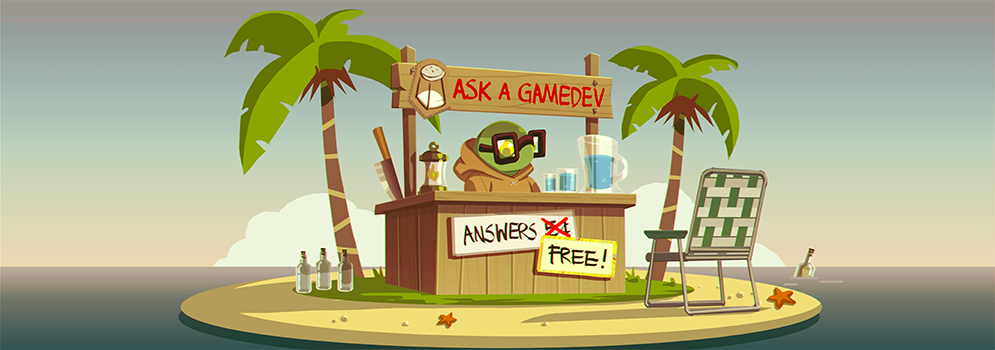Hi, Dev! I've been tasked with designing enemies for a side scrolling Gradius influenced shooter. I think heavily about these concepts but this is my first time ever doing this and the bulk of it is on me (we're a small team making a small game). What's some general stuff I should consider when I draw them? Also, I asked a while ago about getting a license for an IP and you answered it brilliantly. Extremely insightful and I want to thank you for that.
First off, I heavily suggest that you read [this post] about building tension in shoot em ups through enemy patterns. These are the fundamental game design concepts when building a shmup and you need to consider the sort of behavior patterns you will be aiming for when visually designing the bad guys.
Now… on to the visual design principles. There’s a lot that goes into the visual design of enemies in game but the most important element to consider is clarity. At a glance, the player needs to be able to tell what the enemy is probably going to do. This means you need to design visuals that suggest exactly what you want the enemy to do. For this, we’ll take a look at existing games in the genre, like Gradius itself.
Which of these enemies looks like it’s going to fire at you horizontally?
It’s probably enemy A, right? Why is that? Because it has a visible gun that’s pointed to the left and you’re (presumably) playing a side scroller where you move from left to right. Given the placement of the guns, you can immediately tell that these are probably turrets and which direction they are probably going to shoot.
Now consider this. Which of these enemies looks like it’s going to fire at you horizontally?
You probably think enemy B here because it’s shaped like an arrow pointing to the left and it has this big chunk of negative space inside it that looks like it could totally be where a beam comes out. C also looks like it could be a contender for shooting horizontally thanks to hits heavy use of horizontal lines, though it lacks a visible gun or turret for bullets to come from. But we’re not done yet. Looking at these three enemies, which do you think would take more shots to kill?
Intuitively, it feels like B would, again, be the correct answer. Why? Because it’s bigger than the others, and we subconsciously conflate size with strength and durability. Other visual elements can also convey this sense of durability - dull colors, visible armor plating, a bubble/glowing shield around it, etc.
We also need to take this sense of clarity further through their movement and animation. Which of the above three enemies would be best suited to spin and fire shots in a spiral pattern? Probably enemy A, since it already looks like it has circular pinwheel elements to it. But if it just stays in one place, static, it would not be as intuitive as if it spun in place while shooting. Even better, if you can give it a half second of spinning before it starts shooting bullets in a spiral, players would almost immediately understand what is about to happen.
This also applies to boss monsters. Imagine you saw a stage-end boss that looks like this. What looks like its vulnerable spot? How do you think you would attack this boss to deal damage to it?
The blue orb in the center seems like the obvious “weak point”, and shooting from the right to the left through the central area to hit it is probably the first intuition. It’s a specific color that contrasts with the rest of the boss’s body which specifically draws your eye to it. The heavy gunmetal grey outer parts are probably armored and I would not feel bad if shooting those armored sections did not result in damage to the boss.
This can extend beyond just “generic” enemies. If you have enemy factions, they need to have a similar sort of visual design in order to tie them together. Maybe this faction is all metal enemies that have rivets and armor plates. Maybe that faction is organic fleshy details and eyeballs. Maybe it’s an ooze faction with globby bodies and bubbles. If you want them to be similar, show this through the visuals - color, detailing, etc. And don’t forget, you can also integrate the level art with the enemies like so:
What’s important to recognize here is that you’re establishing a visual language through the design of these enemies. This is an unspoken means of communication to the player - through the visual design you’re telling the player what each bad guy is going to do so that they are prepared. You’re telling the player which bad guys are stronger than others. You’re telling the player how to defeat the bad guys. You’re giving the player lore information about specific enemy factions by establishing common visual elements. It’s important that you are both clear with your design intentions and you are consistent with them.
The FANTa Project is currently on hiatus while I am crunching at work too busy.
Got a burning question you want answered?
- Short questions: Ask a Game Dev on Twitter
- Long questions: Ask a Game Dev on Tumblr
- Frequent Questions: The FAQ

